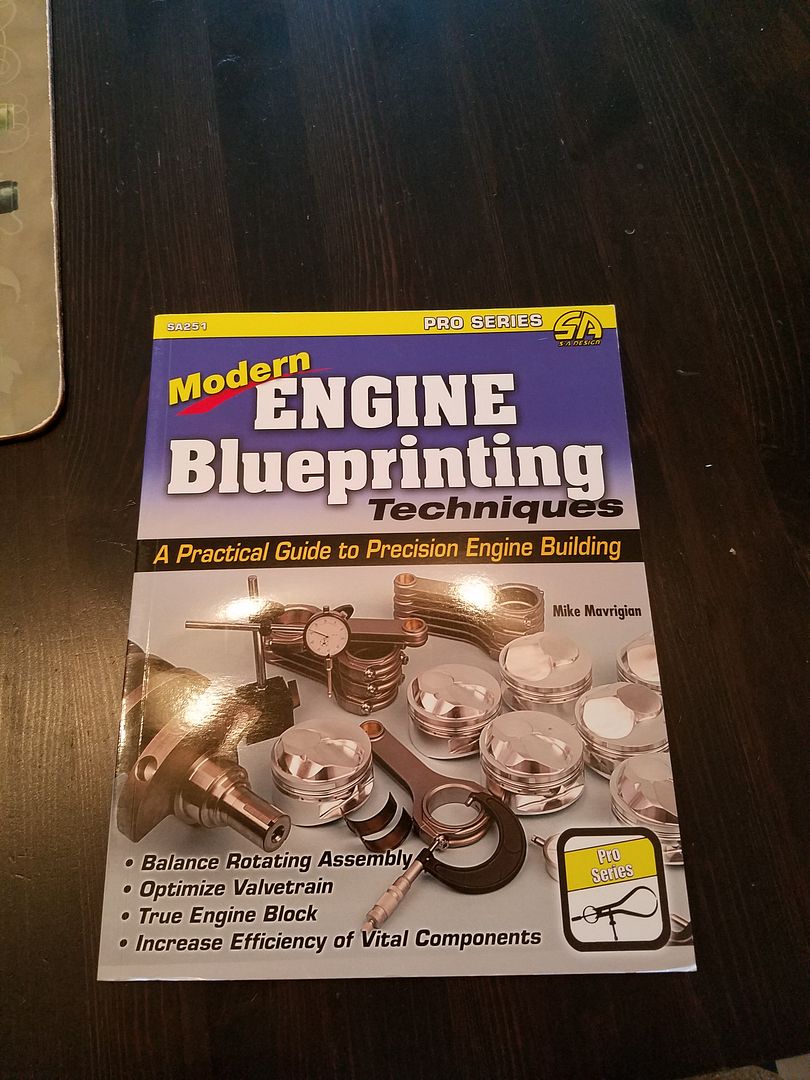i must say, this book that diagnosticator has recommended makes for a fascinating read!

one of the biggest fears i had about building my motor was ruining the reliability of it...currently it burns practically zero oil, to the point where i add no oil at all between 5,000 intervals and the oil level is still at the top of the stick when i change it...
from what i've read so far, motors are all about tolerances and the reliability of said motor is the result of a RANGE of acceptable tolerances due to manufacturing realities...when blueprinting a motor the goal is to build a motor that matches the original OEM design specs with a close to ZERO tolerances as possible...this concept has allayed my fears of burning oil since a light bulb went off in my head about piston rings and the tolerances around them...too far out of spec and you'll have blow by and burn oil...this is probably why my mini r56 drinks oil like a drunken sailor...
anyway...as ambitious as it sounds...i think blueprinting my AMB motor (after really studying the theory behind it since i've never built a motor before) is a task and undertaking i'd love to take on and document...i'd love to know if those of you who've built your motors before have done any blueprinting either partially or fully...
for instance, on the topic of honing the cylinders, the book explains that you should use a pre-crushed head gasket, install a deck plate over the gasket, torque the head bolts to spec and subsequently hone the cylinders AFTER the deck plate, gasket and head bolts have been installed to simulate the stresses that a motor experiences under load...some blueprinters even add the bell housing certain accessories like the water pump before honing...the author explains that he built a motor which had oil blow by during races as a result of honing the cylinders PRIOR to adding the head gasket, deck plate, bell housing and timing belt pump...he explains that one cylinder was measured post race and found to be out of spec due to the weight of the bell housing and the load of the fasteners warping the cylinder thereby causing deformation of the cylinder under load...
at the end of the day, as someone who buys cars and keeps them forever, i think that is will prove to be an invaluable skill to have...while i may not blueprint the motors for every car i own, at least i'll have the skill-set to tear into them as they approach high watermarks from a mileage standpoint...my b6 has ~160k miles and my r56 has around 56k miles...i daily the b6 since it has proven to be much more reliable than my mini...
in any event, it will be awhile until i actually move into my condo and settle in before i actually start tearing my motor apart...which gives me time to learn more about blueprinting and the amount of labor involved...to me it sounds like an amazing long term project!!!













 Reply With Quote
Reply With Quote


Bookmarks